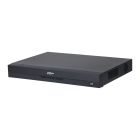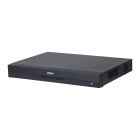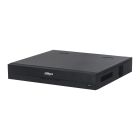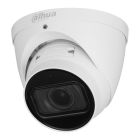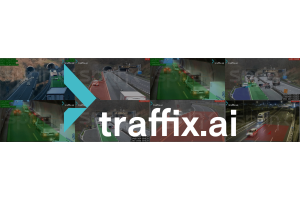
Dahua's AcuPick leads in video search with accuracy, speed, and simplicity
How AcuPick works
Dahua's AcuPick solution employs cutting-edge technology to analyze target feature data via intelligent IPC and seamlessly transmit it to the back-end NVR. Speaking to asmag.com, Grace Huang, Product Manager at Dahua Technology, explained that during the search process, the NVR extracts target feature values using its sophisticated back-end intelligence capacity and compares them with those in the historical data from IPC.
A crucial factor that makes AcuPick attractive is its deep-learning foundation that ensures high accuracy and fewer false positives or false negatives by designing rich data enhancement strategies, optimizing neural network structure, and improving training strategies. False alarms are one of the biggest causes of resource wastage for many customers.
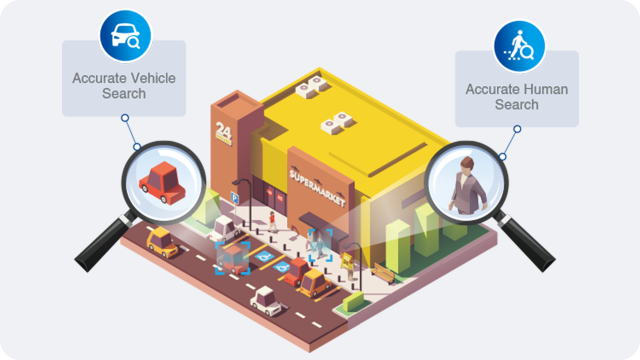

Quicker Search
AcuPick can quickly locate video clips of human/vehicle targets, saving up to 99% searching time.
Easier Operation
Compared with traditional searching mode, AcuPick only needs 1 pick to extract targets, saving lots of complex operation.
High Accuracy
AcuPick provides users with high accuracy through its comprehensive eigenvalues for human and vehicle targets.
Easier Operation
Just one pick: AcuPick is super easy to use. Users can search in preview or playback with just one pick! With just one click, users can freeze the video and frame the target.
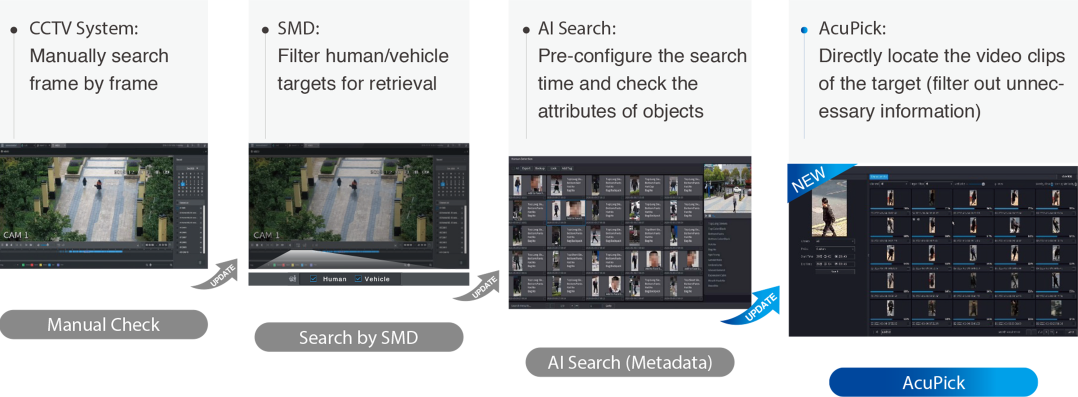

Smart search by intrusion: Users can draw an intrusion rule to search for video clips during SMD playback, helping then to quickly and easily identify the target that entered the area.
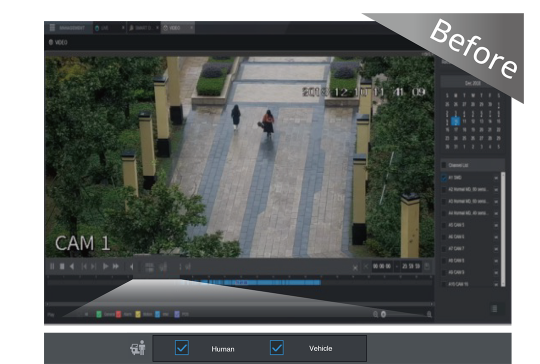



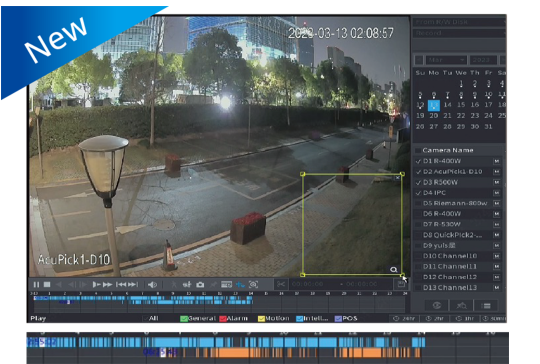

Just one pick: AcuPick is super easy to use. Users can search in preview or playback with just one pick! With just one click, users can freeze the video and frame the target.


High Accuracy
• IPC/NVR extracts and models the target's appearance details through an algorithm, mainly focusing on the appearance characteristics of the human body, such as clothing color, clothing style, gender, body shape, and other relevant information.
• It aims to determine whether the person/vehicle of interest appeared elsewhere at a distinct time captured by a different camera or the same camera at a different moment in time.

